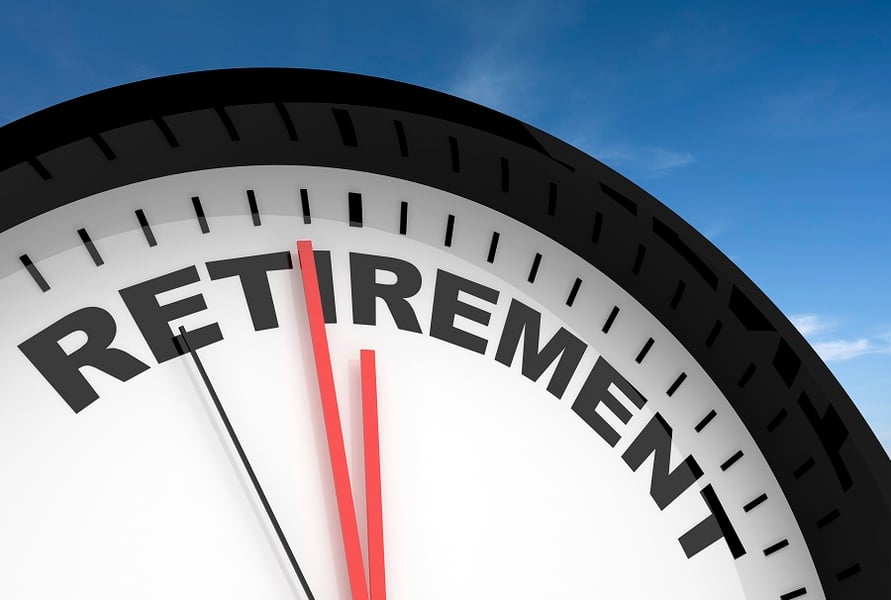

Two articles about our nation’s retirement programs attracted the attention of many InvestmentNews readers recently. One concerned a paper written by a University of Virginia law school professor charging that tax policy changes related to traditional 401(k)s and IRAs have largely benefited the financial industry and affluent savers, ignoring the needs of less affluent workers. A second story reported on research from the National Institute on Retirement Security, which found that defined-benefit plans produce better results for participants than defined-contribution plans.
No doubt, many advisers, and financial services companies, as well as employers, will take issue with the chief arguments of those reports. But rather than argue the merits of the stories, let’s take a step back and look at what drove researchers to look at these issues in the first place: the peculiar nature of our national retirement “system.”
The quotation marks are intentional because what we have isn’t exactly a coherent, thought-through system. Rather, it’s a combination of various self-directed individual retirement accounts that began with 1974 legislation that’s been modified over the years, plus 401(k) and similar defined-contribution workplace accounts based on a quirk in a 1978 law noticed by pension consultant Ted Benna. Add public-sector defined-benefit plans and a sprinkling of vestigial private-sector plans, which covered only a small fraction of the population even in their heyday, and there you have America’s retirement “system” — undergirded by Social Security, which provides an average monthly retirement benefit of $1,555.
For clients of advisers, who tend to be among the more affluent segments of the population, the current patchwork structure probably works well enough — but it has yawning gaps. Just 27% of taxpayers have traditional IRAs, about 10% have Roth IRAs and 60 million, or about 23% of the U.S. adult population, participate in a 401(k) plan, where a Fidelity study put the median balance at about $29,000. That leaves millions at risk. Finding a better way to secure adequate post-work income for millions of Americans short of welfare would seem a compelling national policy issue.
While American policymakers tend to ignore the approaches of other nations, looking at the Australian experience might make sense. In 1983, over opposition from much of the business sector, the government there put in place a compulsory superannuation program, in which employers were mandated to put 3% of each employee’s annual income into 401(k)-like funds for retirement. Mandatory employee contributions also were planned at the start, but eventually became voluntary, and now can be tax-advantaged in many cases.
The mandatory employer contribution percentage has been raised over the years. It currently stands at 10% and is set to rise in increments to 12% in 2025. The private sector, under government regulation and supervision, operates the more than 500 superannuation funds available for participation.
There is now $2.5 trillion in Australia’s program, more than enough money to generate adequate retirement income for all workers when combined with their version of Social Security. In fact, superannuation has turned Australia from an importer of capital to an exporter, strengthening its economy and potentially increasing its clout internationally.
Isn’t there a lesson to be learned from Down Under?

Rajesh Markan earlier this year pleaded guilty to one count of criminal fraud related to his sale of fake investments to 10 clients totaling $2.9 million.

From building trust to steering through emotions and responding to client challenges, new advisors need human skills to shape the future of the advice industry.

"The outcome is correct, but it's disappointing that FINRA had ample opportunity to investigate the merits of clients' allegations in these claims, including the testimony in the three investor arbitrations with hearings," Jeff Erez, a plaintiff's attorney representing a large portion of the Stifel clients, said.

Chair also praised the passage of stablecoin legislation this week.

Maridea Wealth Management's deal in Chicago, Illinois is its first after securing a strategic investment in April.
Orion's Tom Wilson on delivering coordinated, high-touch service in a world where returns alone no longer set you apart.
Barely a decade old, registered index-linked annuities have quickly surged in popularity, thanks to their unique blend of protection and growth potential—an appealing option for investors looking to chart a steadier course through today's choppy market waters, says Myles Lambert, Brighthouse Financial.
